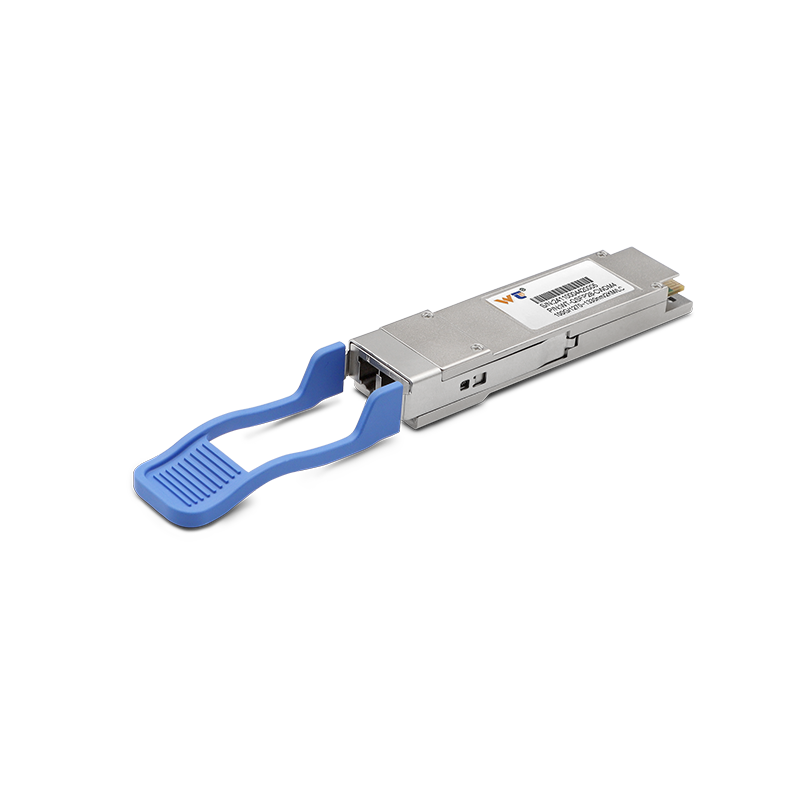The demand for high-speed communication technology continues to surge, shaping the landscape of various industries. By 2025, the integration of high-energy efficiency and sustainable solutions will become paramount. The necessity for optimized communication infrastructures, particularly in sectors like rail transit, will drive substantial investments in 100G optical modules. These innovations not only promise faster data transmission but also a reduced environmental impact, echoing the growing focus on green technology.
The optical module industry is witnessing an exciting transformation. With rapid advancements in technology, the market is shifting toward the deployment of high-bandwidth optical modules. Recently, the focus has turned toward 100G optical modules, which are essential for meeting the increasing bandwidth demands of data-intensive applications. The market for these modules is expected to expand significantly. Analysts project a growth rate of approximately 20% annually, driven by the demand for faster and more reliable communication networks. The core trends include increased adoption in data centers, the expansion of telecommunication networks, and the rise of smart cities, where high-speed connectivity is essential.
The following table encapsulates the core technologies and functions of optical modules:
| Optical Module Type | Data Rate | Functionality |
|---|---|---|
| Gigabit Modules | 1G, 10G | Basic internet connectivity and networking |
| High-Speed Modules | 25G, 40G, 100G | Enhanced data transfer for business and consumer applications |
| Ultra-High-Speed Modules | 400G, 800G, 1.6T | Supports massive data transitions in advanced technology environments |
Our exploration of 100G optical modules reveals their monumental impact on rail transit applications. These modules are designed to facilitate seamless communication between trains, control centers, and backend infrastructure. A case study from a recent implementation in a metropolitan transit system highlights how these modules enabled a 50% reduction in data latency, significantly improving operational efficiency. By integrating advanced signal processing technology, these 100G modules ensure that critical data—such as real-time location tracking and safety alerts—reaches its destination almost instantaneously. Moreover, the energy efficiency of these modules translates into a substantial decrease in operational costs, leveraging cutting-edge technology to serve both economic and ecological needs.
Diving deeper into the types of optical module technologies, we find a rich ecosystem that supports diverse applications in rail transit. Single-mode fibers, which are used for long-distance transmission, enable high data rates without significant loss. Conversely, multi-mode fibers are more suited for shorter distances but are crucial for local networks within transit hubs. Both categories support various physical layer interfaces, ensuring compatibility with existing infrastructure. Alongside these, pluggable optical modules, such as SFP+ and QSFP28, allow for flexible upgrades and scaling, making them an ideal choice for operators looking to future-proof their systems against evolving demands.
By 2025, the landscape of optical modules in rail transit will see innovative network solutions leading the way toward smarter cities. One particularly notable deployment showcases how 100G optical modules were integrated into a city-wide rail communication network. This network enabled real-time monitoring of passenger loads and track conditions, utilizing AI-driven analytics to adapt services dynamically. The applications highlight how cities can better allocate resources while ensuring safety and convenience for commuters.
Our commitment to quality is reflected in the optical module products available on our website. Each module undergoes rigorous testing and validation processes to ensure optimal performance across various applications. Whether for high-speed data transmission in urban rail networks or long-distance communication within inter-city transit systems, our modules are engineered to meet the most demanding requirements. With specifications catering to both commercial and public transport, our optical modules not only fulfill existing needs but also set the groundwork for the technological advancements of tomorrow.
In summary, the role of 100G optical modules in the rail transit sector is more critical than ever. As we move towards 2025, the interconnection between speed, efficiency, and sustainability will define successful transport systems. Our commitment to providing top-tier optical modules ensures that we support this transition, equipping clients with the tools necessary to lead in this ever-evolving field. Embracing high-performance, energy-efficient solutions will ultimately shape the future of rail transit, paving the way for greener and more connected urban landscapes.






